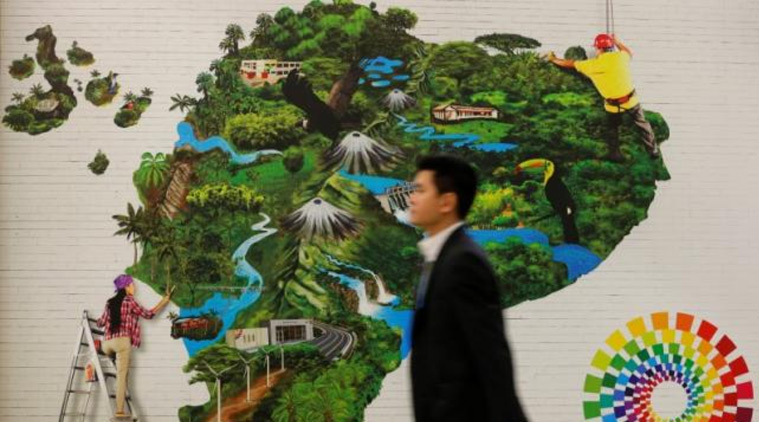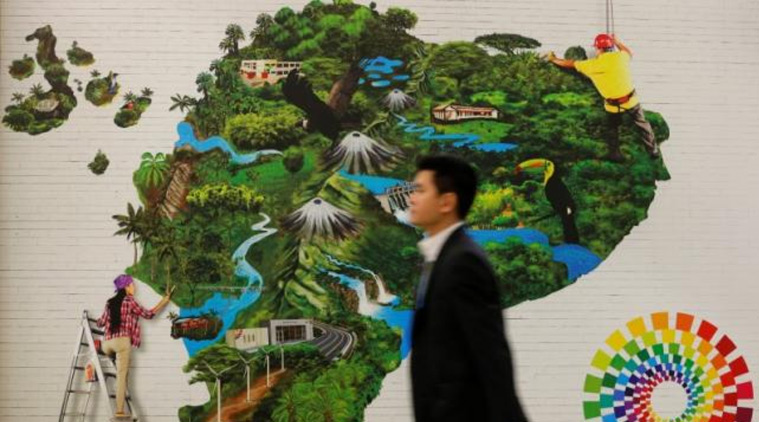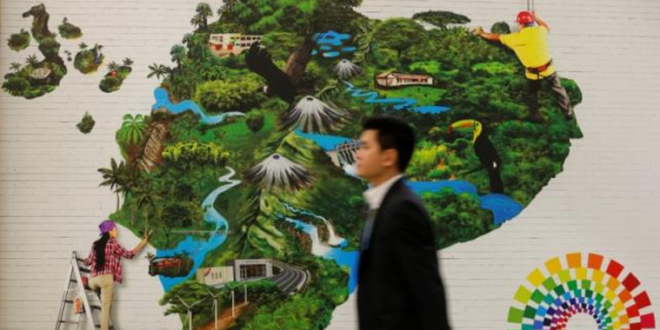
 India will also be a role model for other democratic and developing countries. (Source: Reuters photo)
India will also be a role model for other democratic and developing countries. (Source: Reuters photo)
As the fervour around the Paris climate conference subsides, India will have to comprehend the reality of the final agreement. Prior to the conference, India received a lot of blame, and while most of it was anchored in the perceptional reality of India, there was some truth in the concerns being expressed. India is a big and complex country. It is also the emerging leader for economic growth in the world. As such, the path that India chooses for its development will also shape the global energy markets. India will also be a role model for other democratic and developing countries.
So, the key question is, how will India’s government approach the country’s development? India is home to two otherwise competing realities: The reality of aspiration and the reality of need. India has a growing middle class that aspires to become affluent. It wants the luxuries of modern life and its consumption trends are in line with those desires. Such aspirations are being addressed through the larger narrative of economic growth. There is a strong belief within this class of people that being rich equals ensuring resilience from crises like climate change. To some extent, this argument might be true, but for the most part believing that the accumulation of wealth can protect against natural disasters is a fallacy.
The reality of need stems from the high poverty levels within large sections of India. The government and civil society (national and global) will have to take into account both these realities while designing a future course of action on climate change. But this is a difficult task. Let us take the example of two government policies — one that accommodates only the reality of aspiration and another that tries to accommodate both these realities.
The Delhi government has recently announced an odd-even numbered vehicle rule in order to arrest the rising levels of air pollution in the capital. While it is a bold and commendable step, it does not address the the reality of need. It only plays into the reality of aspiration. Most upper middle class families in Delhi either have two cars or, if they have only one, then they are likely to buy another if this trial policy is made permanent. The increase in car sales is well established from the evidence of similar regulations in other countries. It is not for the love of cars that most middle class families choose to own and drive their own vehicles as their preferred means of transportation. For most people it is safety, especially for women, the lack of end-to-end connectivity through public transport, the lack of cycling tracks and a host of other issues with the public transportation system that compel people to buy cars.
Rather than limiting cars on the basis of their registration numbers, the government needs to build a comprehensive plan towards public transportation. It also needs to incentivise future-fit solutions like private electric vehicles. The government could also disincentivise diesel-run private vehicles that only make the air quality worse.
Now, let’s consider another policy initiative by the government — the LED lighting programme. This programme has addressed both the reality of need, by providing a modern energy source to everyone, as well as the reality of aspiration, by making LEDs an elite product and ensuring that its energy-saving benefits are highlighted. Not only has this resulted in India transitioning from high-energy consuming incandescent bulbs to low-energy consuming LEDs, albeit after a short detour when CFLs were being promoted, it has also created a working business model for its success.
To sum up, post Paris, policymakers will have to accommodate both these realities in their decision-making in order to chart out the sustainable development roadmap for India. It is challenging, and sometimes tough decisions will need to be made, but it is not impossible. I hope the government takes up this challenge of creative policymaking. Several tough decisions may have to be taken, which may not result in immediate gains but will surely lead to a prosperous future.
![]()
Source: New feed






